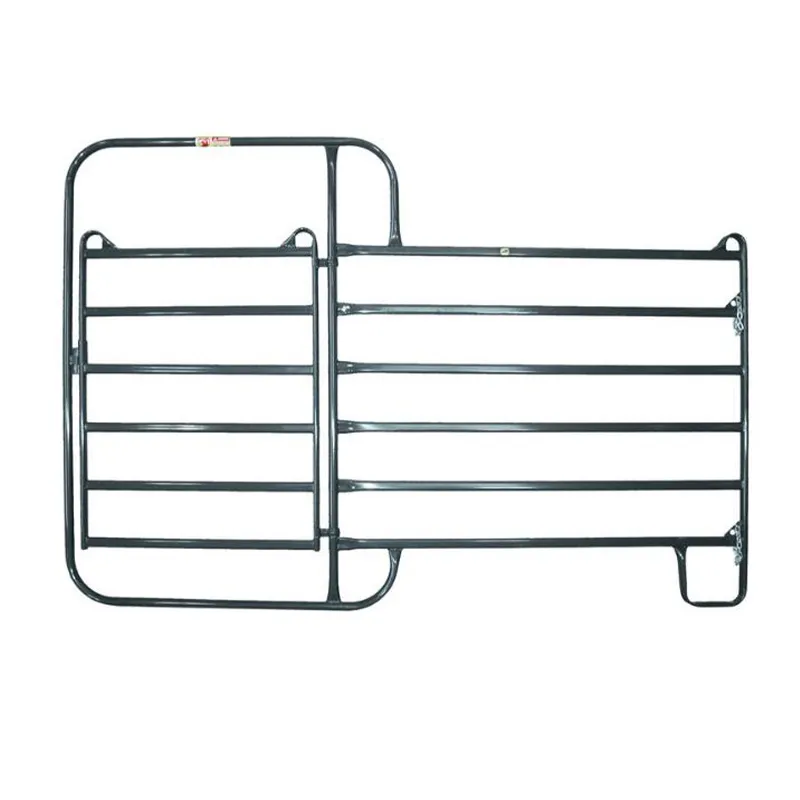
- Afrikaans
- Albanian
- Arabic
- Armenian
- Azerbaijani
- Basque
- Belarusian
- Bengali
- Bosnian
- Bulgarian
- Croatian
- Czech
- Danish
- Dutch
- English
- Esperanto
- Estonian
- Finnish
- French
- Galician
- Georgian
- German
- Greek
- hawaiian
- Hindi
- Hungarian
- Indonesian
- irish
- Italian
- Lao
- Latvian
- Lithuanian
- Luxembourgish
- Macedonian
- Maltese
- Myanmar
- Norwegian
- Polish
- Portuguese
- Romanian
- Russian
- Serbian
- Slovak
- Somali
- Spanish
- Swedish
- Thai
- Turkish
- Turkmen
- Vietnamese
Dec . 24, 2024 17:59 Back to list
Choosing the Best Materials for Padel Court Flooring Options and Considerations
Choosing the Right Floor Material for Padel Courts
Padel, a popular racquet sport combining elements of tennis and squash, has been rapidly gaining traction worldwide. As the sport grows, so does the need for specialized facilities, including high-quality padel courts. One of the fundamental aspects of building a padel court is selecting the appropriate floor material, which can significantly affect players' performance, safety, and the longevity of the court itself. This article explores various floor materials suitable for padel courts, highlighting their benefits, drawbacks, and overall suitability for the sport.
Artificial Grass
Artificial grass is one of the most popular choices for padel court flooring. Mimicking the look and feel of natural grass, this material provides excellent cushioning and traction, making it easy for players to move around quickly while minimizing the risk of injury. Artificial grass courts are typically composed of a blend of polyethylene and polypropylene fibers, ensuring durability and resistance to wear and tear.
The primary advantage of artificial grass is its ability to maintain consistent playing conditions regardless of weather. Players benefit from a balanced surface that does not absorb water, allowing for quick drainage and minimizing disruptions during play. However, while artificial grass may appear immaculate during installation, it requires regular maintenance to ensure its longevity. This includes brushing the fibers to prevent matting and infilling with sand or rubber granules to provide the necessary cushioning.
Acrylic Surfaces
Another common option for padel court flooring is acrylic surfaces, which are primarily composed of a blend of acrylic resins and color pigments
. These surfaces are typically laid over a concrete base, offering a myriad of colors and designs to create visually appealing courts.Acrylic surfaces are known for their superior durability and ease of maintenance, making them suitable for high-traffic facilities. They provide excellent traction while allowing for fluid movement, although the surface can become slick when wet. Thus, it is essential to ensure proper drainage to mitigate this risk.
One of the notable features of acrylic surfaces is their ability to be customized with logos or branding, making them a popular choice for clubs and tournaments. However, players might find acrylic surfaces to be harder compared to artificial grass, which could lead to increased stress on joints during prolonged play.
padel court floor material

Wood
Wooden flooring, often seen in indoor facilities, offers a unique blend of aesthetics and performance. Designed for high-impact sports, wood provides excellent shock absorption, making it a comfortable surface to play on. The classic look of hardwood can create a warm and inviting ambiance, appealing to both players and spectators.
The primary challenge with wooden floors is their susceptibility to moisture and swelling, which can be a significant concern if the court is not adequately climate-controlled. Maintenance is crucial; regular polishing and treatment are necessary to maintain the surface's integrity over time. Furthermore, wooden floors require professional installation, increasing setup costs.
Composite Materials
Composite materials are also gaining popularity in padel court construction. These typically consist of a blend of materials such as rubber and plastic, offering a versatile and durable option. Composite surfaces can withstand extreme weather conditions, provide ample traction, and are designed to minimize injuries through excellent shock absorption.
The versatility of composite materials means they can be engineered for different playing styles and preferences, making them adaptable for various facilities, from recreational clubs to professional venues. However, as with other surfaces, they may require periodic maintenance to keep them in optimal condition.
Conclusion
Selecting the right floor material for a padel court is crucial for enhancing player experience, ensuring safety, and maintaining the court's appearance and functionality over time. Whether opting for artificial grass, acrylic surfaces, wood, or composite materials, it is essential to consider factors such as maintenance requirements, durability, player comfort, and aesthetics. By making an informed decision, facility owners can create an environment that promotes not only the sport of padel but also the enjoyment and safety of its players.
-
Your Ultimate Solution for Australian Temporary Fencing
NewsMay.14,2025
-
The Ultimate Guide to Crowd Control Barriers: Secure Your Events with Ease
NewsMay.14,2025
-
Secure Your Livestock with High-Quality Livestock Fence Panels
NewsMay.14,2025
-
Enhance Your Livestock Management with Top-Quality Cattle Fences
NewsMay.14,2025
-
Enhance Security and Safety with Temporary Fencing Solutions
NewsMay.14,2025
-
Corral Gates
NewsMay.14,2025









